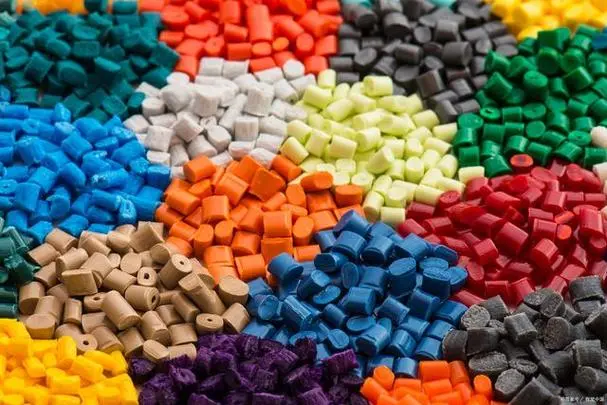The question “Can acetone melt plastic?” is a common one, often heard in households, workshops, and scientific circles. The answer, as it turns out, is a complex one, and this article will delve into the chemical principles and reactions that underlie this phenomenon.
acetone is a simple organic compound that belongs to the ketone family. It has the chemical formula C3H6O and is well-known for its ability to dissolve certain types of plastic. Plastic, on the other hand, is a broad term that cover a wide range of man-made materials. The ability of acetone to melt plastic depends on the type of plastic involved.
When acetone comes into contact with certain types of plastic, a chemical reaction occurs. The plastic molecules are attracted to the acetone molecules due to their polar nature. This attraction leads to the plastic becoming liquefied, resulting in the “melting” effect. However, it’s important to note that this is not an actual melting process but rather a chemical interaction.
The key factor here is the polarity of the molecules involved. Polar molecules, such as acetone, have a partially positive and partially negative charge distribution within their structure. This allows them to interact and bond with polar substances like certain types of plastic. Through this interaction, the plastic’s molecular structure is disrupted, leading to its apparent “melting”.
Now, it’s important to distinguish between different types of plastic when using acetone as a solvent. While some plastics like polyvinyl chloride (PVC) and polyethylene (PE) are highly susceptible to acetone’s polar attraction, others like polypropylene (PP) and polyethylene terephthalate (PET) are less reactive. This difference in reactivity is due to the varying chemical structures and polarities of the different plastics.
prolonged exposure of plastic to acetone may result in permanent damage or degradation of the material. This is because the chemical reaction between acetone and plastic may alter the molecular structure of the latter, leading to changes in its physical properties.
acetone’s ability to “melt” plastic is a result of a chemical reaction between the polar acetone molecules and certain types of polar plastic. This reaction disrupts the plastic’s molecular structure, leading to its apparent liquefaction. However, it’s important to note that prolonged exposure to acetone may result in permanent damage or degradation of the plastic material.
Post time: Dec-15-2023





